Wet-Plate Collodion Travel Photography
The reason I call myself an alchemist is that when I was starting the Silver & Light project, I was greatly inspired by the book The Alchemist. It's about a boy who sets out on a tremendous journey to find a hidden treasure. Through his travels, he meets the alchemist and learns that when you are doing what you're supposed to, the entire universe conspires to help you achieve it. Also, there’s a lot of chemistry involved in the wet-plate collodion process.
You have a unique style of photography. What is wet-plate collodion photography, exactly? What led you to it, and what spawned the Silver & Light project?
Wet-plate collodion photography is a 19th-century photographic process, which was responsible for capturing the first images of the West and portraits of people such as Abraham Lincoln. The entire process has to be completed, from start to finish, while the plate is still wet.
When I was growing up, it was very hard for me to communicate because of my learning disabilities. Once I found photography, I learned that I could communicate through the images I make. It was as if I spent half of my life without the ability to speak, and then one day, I was able to. As my career progressed, I started making images with the digital process. The clients I was working for were encouraging me to alter or edit my photographs. My voice was now becoming one of a liar.
I also wanted to go back into the darkroom and make photos with my hands. By this time, most of the film that I loved had been discontinued. I started researching photography processes and eventually found the wet-plate collodion. I learned that I could make my own film and process the images in the darkroom the way I did when I started photography. After I made my first wet-plate image, I knew I found the thing I had been searching for my whole life. Once I was able to hold the one-of-a-kind image in my hand, and I knew there was no way to alter it after it's been processed, I knew I had regained the voice I’d lost. It gave me the idea to create the Silver & Light project. With this project, my hopes are to travel throughout America with the giant camera truck I created and document the stories of the people and places that I call home with the combination of wet-plate photography and a documentary film.

Is there a certain time of day that you think lends itself better to the type of photography you use?
Like most photographers, I like to shoot either in the morning or evening, when the shadows are deep and long. My favorite time of day is when there is a storm moving in. These situations usually make for very dramatic images.
What was your favorite aspect of shooting at the iconic Monument Valley in Arizona and Utah?
My favorite aspect of shooting inside Monument Valley was when I realized that I was looking at thousands of years of time that had eroded away from the sandstone buttes. I remember my assistant, Will Eichelberger, and our film director, Lauren Vance, talking about how much we enjoyed meeting some of the local Navajo Indians. We felt incredibly honored to be standing in their presence and on their land.
What have been your favorite locations to shoot so far?
I’m really excited about our last trip, where we went to a community in California called Slab City. On that trip, we were able to photograph the people who call this place home. We are also in the process of making a 20-minute documentary about the community. The combination of film and photography is really what Silver & Light is all about.
What have been your most difficult locations to capture in photos?
It seems like each location presents its own set of challenges. Sometimes we can find the perfect shot in the perfect weather, but we can't find a place to park the truck.
How do you pick which locations or landscapes you want to photograph?
Lately, we've been trying to pick locations that incorporate the land and the people who are sculpted by it.

Where did you get your inspiration for converting a truck into a camera? Besides creating large photos, what advantages or extra abilities do you gain from using it?
The inspiration came one day while I was holding an 8-by-10-inch plate in my hand. I wanted to make a giant print of it and put it on my wall. I placed the plate into the scanner, and right then, I realized I didn't want a copy. I wanted the actual silver plate. I knew that I was going to have to build a gigantic camera. The only way that I could move it was if it were on wheels. That is how the idea for the truck came in. While the truck creates its own set of problems, it also allows me to see the world in a way that I could've never imagined. I work inside the giant camera as part of the mechanics of this huge device. It's almost dreamlike.
How have social media and technology — i.e., Instagram, 8-pixel iPhone cameras, etc. — affected your work?
Social media have been an incredibly powerful tool for this project. While we were shooting in Vancouver, British Columbia, we witnessed something that was really remarkable. We were shooting in an alley in the Downtown Eastside neighborhood, and we were told that we were standing in the city’s most dangerous area. We posted a picture on Instagram, letting people know to come by and see what we were doing. Slowly, people from all around the city started to show up. There were businessmen in 3-piece suits, young women and the homeless people from the area standing side by side in conversation about the images. I stood back from a distance and was amazed at how many people this camera brings together.
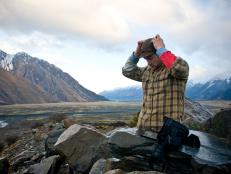

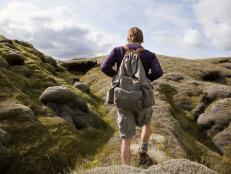
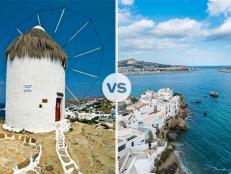
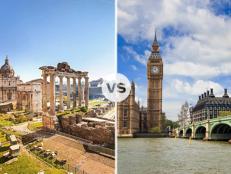
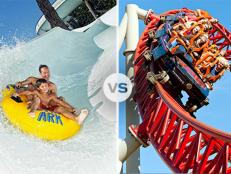
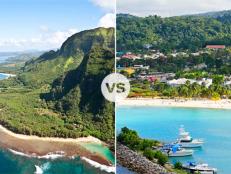
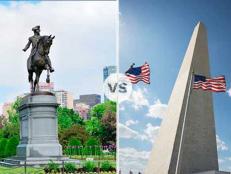
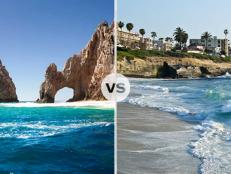
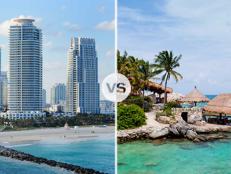

















.jpg.rend.hgtvcom.231.174.suffix/1674758726773.jpeg)











